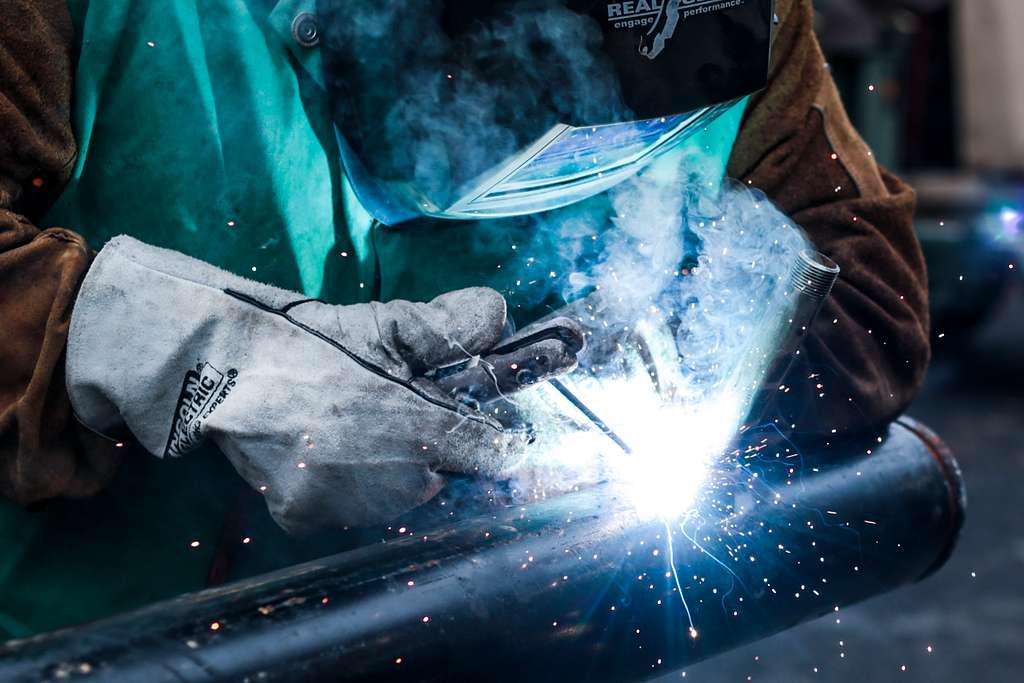
Working in high-temperature environments without the right gloves is an accident waiting to happen. From molten metal splashes to handling hot glass, thermal hazards can cause severe burns, amputations, and even fatalities. Yet, many buyers still pick gloves based only on “heat protection” labels without understanding EN 407 standards, real-world performance, and material differences. This article breaks down the six EN 407 tests, highlights accident cases, and gives a step-by-step procurement guide.
Heat-resistant gloves protect workers from thermal hazards like contact heat, molten metal, and flames. EN 407 rates gloves across six categories, including resistance to burning, contact heat (up to 500°C), convective heat, radiant heat, and molten metal splash. Materials like Kevlar®, aluminized fabrics, and carbon felt provide varying protection levels for welding, foundries, and glass manufacturing.
Why Heat Resistance Is Critical
- Thermal injuries account for 15% of severe industrial hand injuries.
- Common sectors: foundries, welding, glass factories, petrochemical plants.
- OSHA requires PPE based on hazard risk assessment for high-temperature tasks.
Real-World Incidents Expanded:
Case #1 – Foundry, India:
Worker wearing cotton gloves handled a 400°C casting mold. Severe burns required skin grafts. Cost: $32,000 + 3 weeks downtime. Correct choice: EN 407 gloves rated for Level 4 contact heat (up to 500°C) with Kevlar® lining.Case #2 – Welding Shop, USA:
Welder wore leather gloves without flame resistance. Spatter penetrated the cuff, causing deep burns. Company faced OSHA penalty of $14,000 for inadequate PPE. Solution: EN 407 Level 4 flame-resistant welding gloves with extended cuffs.Case #3 – Glass Manufacturing, Germany:
Operator lifted hot glass panels using generic leather gloves. Gloves ignited, resulting in severe hand burns. Downtime: 2 weeks. Correct PPE: aluminized gloves with radiant heat resistance.Case #4 – Petrochemical Plant, Middle East:
Worker used standard heat gloves during chemical transfer involving heated solvent. Glove material melted, sticking to skin. Audit finding: No EN 407 or chemical compliance check. Fix: multi-layer gloves combining heat + chemical resistance.
Understanding EN 407 Standard
EN 407 rates gloves for thermal protection across six hazards:
| Test Parameter | Performance Levels (0–4) |
|---|---|
| Burning Behavior | Resistance to ignition and after-flame |
| Contact Heat | Tested at 100°C to 500°C |
| Convective Heat | Insulation from hot gases |
| Radiant Heat | Reflectivity against infrared heat |
| Small Molten Metal | Number of droplets glove can resist |
| Large Molten Metal | Protection from significant metal splash |
Pro Tip: For foundry work, check for molten metal ratings. For welding, prioritize flame and radiant heat resistance.
Key Materials for Heat Protection
| Material | Best For | Limitations |
|---|---|---|
| Kevlar® | Flame resistance, high tensile strength | Limited molten metal protection |
| Aluminized Fabric | Radiant heat reflection in glass/foundry | Requires lining for insulation |
| Carbon Felt | Extreme heat + molten splash resistance | Bulky, less dexterity |
| Leather (Treated) | Welding sparks and spatter | Poor performance for contact heat >250°C |
Common Buyer Mistakes
- Selecting gloves based only on contact heat, ignoring molten splash.
- Using generic leather gloves for welding instead of EN-rated PPE.
- Forgetting secondary risks: heat + chemical or heat + cut hazards.
- Not checking glove length—short cuffs lead to wrist burns.
Industry Applications
| Industry | Hazard | Recommended Gloves |
|---|---|---|
| Foundries | Molten metal, radiant heat | Aluminized + Kevlar® liner |
| Welding | Sparks, flame, contact heat | Kevlar®-reinforced welding gloves |
| Glass Manufacturing | Radiant heat, sharp edges | Aluminized + cut-resistant hybrid |
| Petrochemical | Hot solvents, flame | Heat + chemical-resistant gloves |
The Real Cost of Wrong Choices
- Severe burn treatment: $30,000–$70,000 per incident
- OSHA fines: $15,625 per violation
- Lost production: 1–3 weeks per injury
- Reputational damage from audit failures
Audit Fact: In 2023, 29% of PPE-related penalties in heavy industry were linked to thermal hazard mismanagement.
Quick Procurement Checklist
- [ ] Identify temperature range and exposure type (contact, radiant, molten)
- [ ] Select EN 407-rated gloves with required levels
- [ ] Consider dual hazards (heat + cut, heat + chemical)
- [ ] Check glove length for wrist/forearm protection
- [ ] Verify certifications from accredited labs
Buyer FAQ
Q: Can one glove handle heat and molten metal?
A: Only specialized gloves with multi-layer construction (aluminized + Kevlar® liner).Q: How often should gloves be replaced?
A: Inspect daily; replace at signs of charring, stiffness, or loss of lining integrity.Q: Do aluminized gloves protect from flames?
A: Yes, but only if EN 407 flame rating is included.
Additional Buyer Insights
- For long-duration heat exposure, choose gloves with insulation and moisture barriers.
- Train workers on glove limitations—heat resistance ≠ chemical resistance.
- Implement temperature-specific glove rotation for extreme environments.
Conclusion
Heat-resistant gloves prevent devastating injuries in high-risk industries. Buyers must prioritize EN 407 compliance, hazard-specific design, and dual hazard compatibility for complete protection.
Need EN 407-certified gloves for foundry, welding, or petrochemical work?
📩 Email: [email protected]
🌐 Website: www.workwearsolutions.net
Zion Zhang
Recent Posts
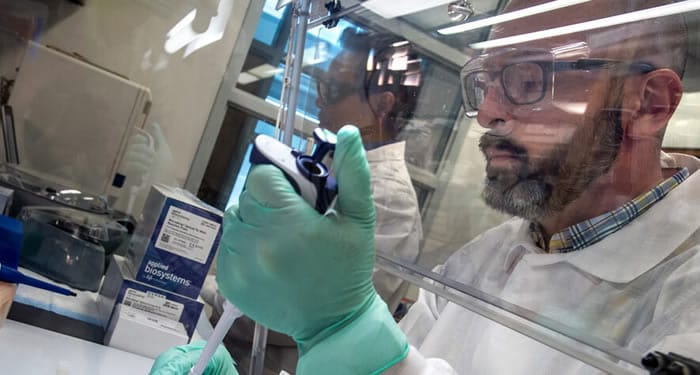 Chemical-Resistant Gloves: Choosing the Right Material for Every Hazard2025年8月2日Working with chemicals without the correct gloves can lead […]
Chemical-Resistant Gloves: Choosing the Right Material for Every Hazard2025年8月2日Working with chemicals without the correct gloves can lead […]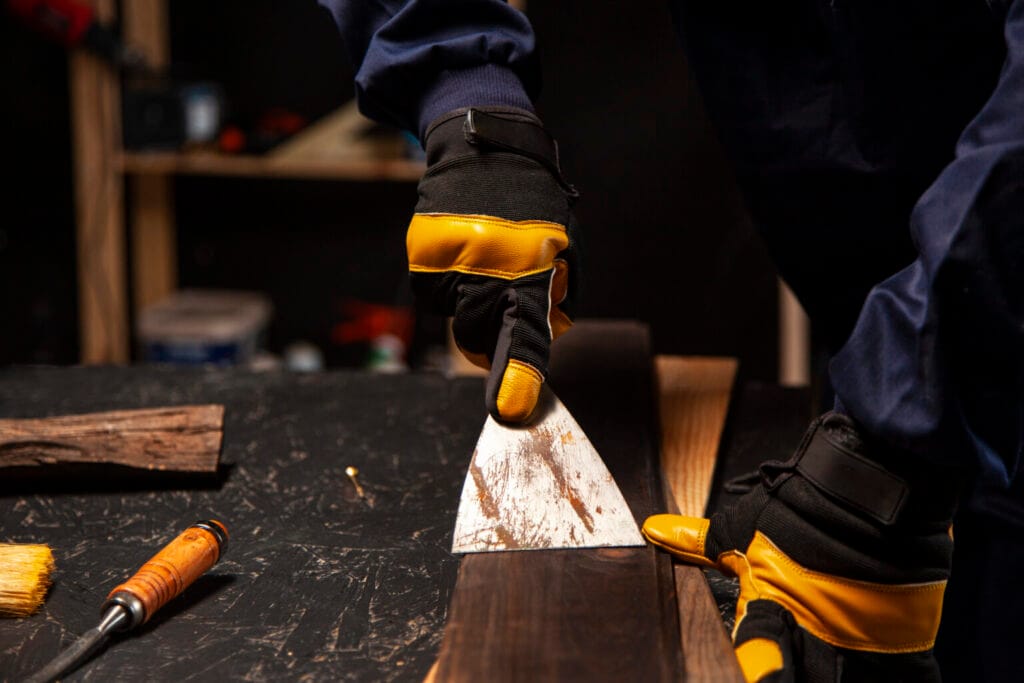 Cut-Resistant Gloves: Levels Explained (ANSI A1–A9 & EN 388)2025年8月2日Cuts and lacerations are still one of the top causes of […]
Cut-Resistant Gloves: Levels Explained (ANSI A1–A9 & EN 388)2025年8月2日Cuts and lacerations are still one of the top causes of […]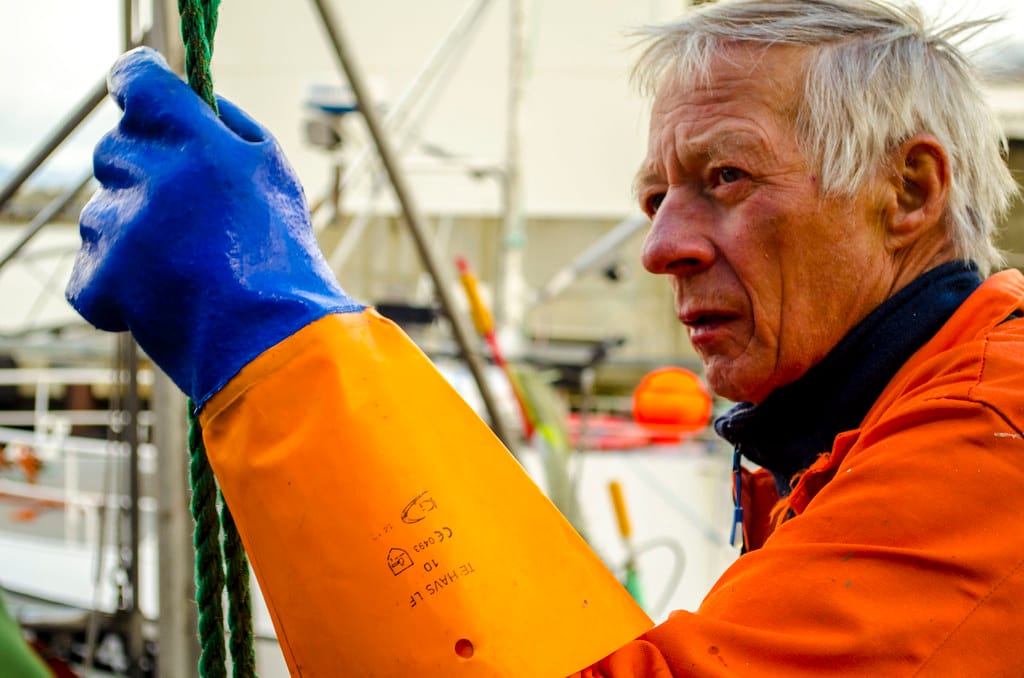 Anti-Vibration Gloves: Do They Really Reduce HAVS Risk?2025年8月2日Workers using tools like chainsaws, grinders, or […]
Anti-Vibration Gloves: Do They Really Reduce HAVS Risk?2025年8月2日Workers using tools like chainsaws, grinders, or […]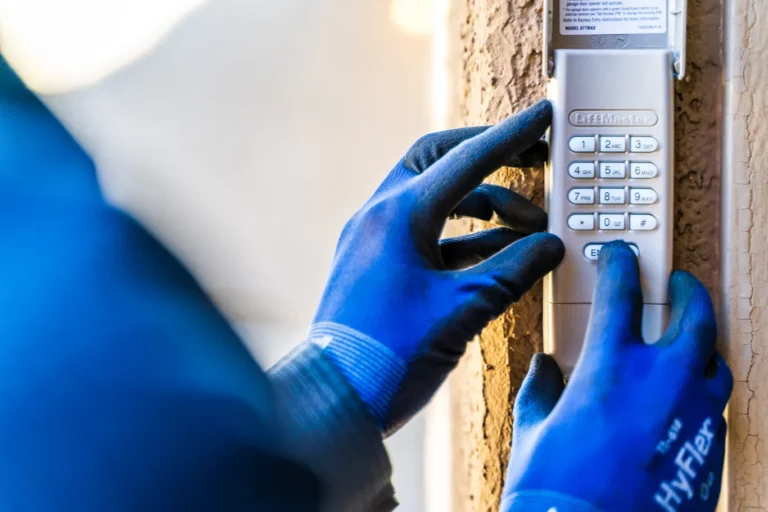 Electrical Insulating Gloves: Understanding ASTM D120 & IEC 60903 Standards2025年8月2日Working around live electricity without proper gloves is a […]
Electrical Insulating Gloves: Understanding ASTM D120 & IEC 60903 Standards2025年8月2日Working around live electricity without proper gloves is a […]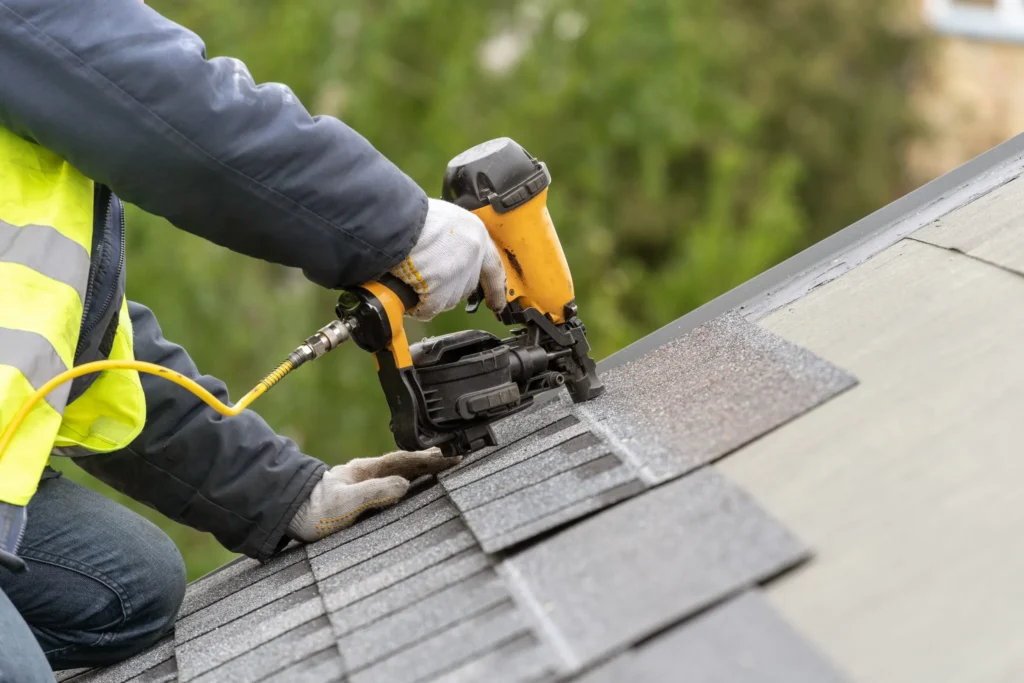 Impact-Resistant Gloves: ANSI/ISEA 138 Explained2025年8月2日Crush injuries, finger fractures, and severe bruising are […]
Impact-Resistant Gloves: ANSI/ISEA 138 Explained2025年8月2日Crush injuries, finger fractures, and severe bruising are […]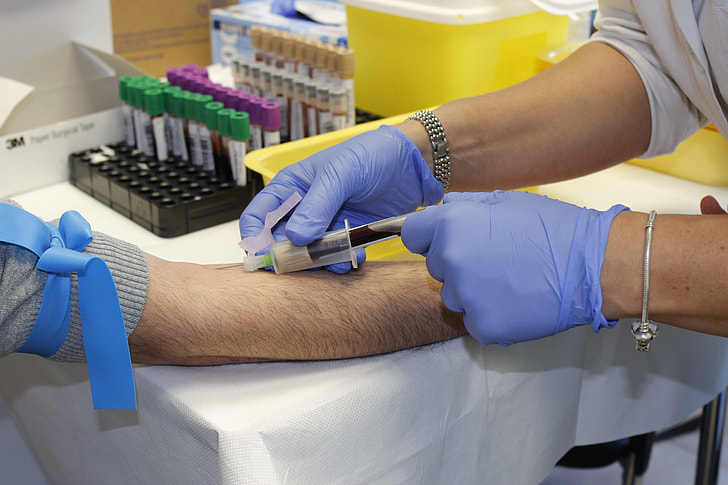 Disposable Gloves in Industrial Settings: When Are They Safe Enough?2025年8月2日Disposable gloves are everywhere—in labs, food plants, and […]
Disposable Gloves in Industrial Settings: When Are They Safe Enough?2025年8月2日Disposable gloves are everywhere—in labs, food plants, and […]
CONTACT US
- Feel free to contact us any time. We will get back to you as soon as we can!
- +86-17330061805
